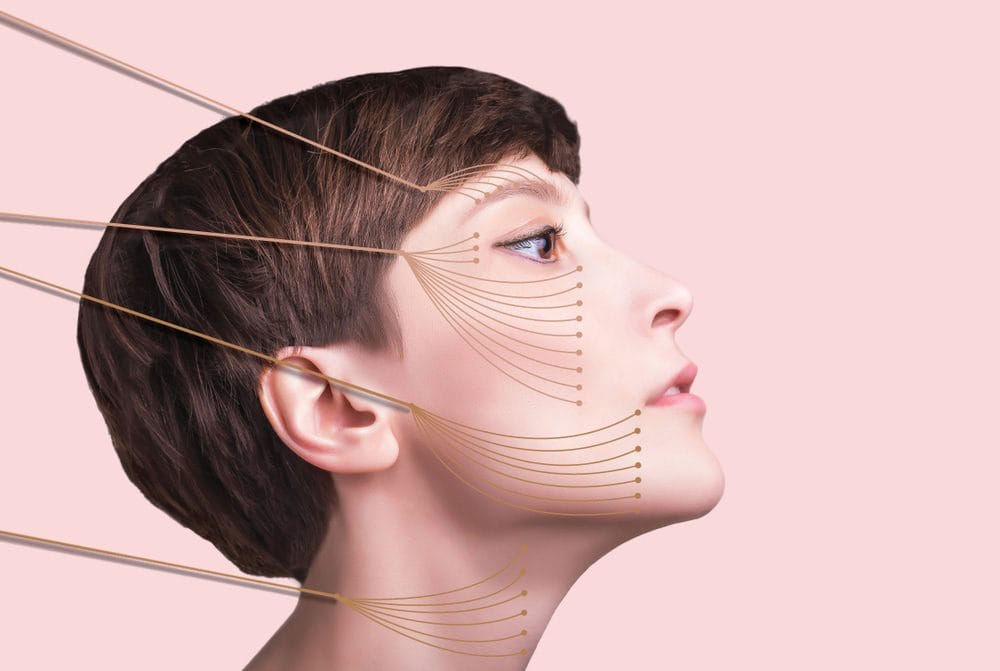Web designing in a powerful way of just not an only professions. We have tendency to believe the idea that smart looking .
Thread lifts have emerged as a revolutionary option in the field of aesthetic medicine, providing a non-surgical alternative to traditional facelifts. This minimally invasive procedure offers a quick and effective solution for those looking to rejuvenate their facial appearance without the downtime associated with surgery. At Green Village Medical, we offer advanced thread lift treatments to help our patients achieve a youthful, lifted look with minimal discomfort and recovery time.
Thread lifts involve the insertion of special threads into the skin to lift and tighten sagging tissues. These threads are typically made of biocompatible materials such as polydioxanone (PDO), polylactic acid (PLA), or polycaprolactone (PCL). Once inserted, the threads provide an immediate lifting effect and stimulate the body’s natural healing processes, including collagen production, to enhance the skin’s texture and firmness over time.

Thread lifts are suitable for individuals who are experiencing mild to moderate sagging of the facial tissues and wish to achieve a more youthful appearance without undergoing surgery. Ideal candidates for thread lifts typically include:
Thread lifts can be used to address sagging and enhance contours in various areas of the face and neck, including:
The thread lift procedure typically involves the following steps:
The recovery period following a thread lift is relatively short, with most patients returning to their normal activities within a few days. However, it is important to follow post-procedure care instructions to ensure optimal results and minimize potential complications. Recommended aftercare includes:
While thread lifts are generally safe and well-tolerated, there are potential risks and complications associated with the procedure. These may include:
The results of a thread lift are typically visible immediately after the procedure, with continued improvement over the following months as collagen production increases. The longevity of the results depends on various factors, including the type of threads used, the patient’s age, skin condition, and lifestyle habits.
For enhanced and comprehensive facial rejuvenation, thread lifts can be combined with other non-surgical treatments. Common combination treatments include:
Selecting a qualified and experienced practitioner is crucial for achieving safe and satisfactory results with thread lifts. When choosing a provider, consider the following factors:
As technology and techniques continue to evolve, thread lifts are expected to become even more advanced and accessible. Ongoing research and development aim to improve the materials used in threads, enhance the longevity of results, and minimize potential risks and complications. Additionally, new combination therapies and innovative approaches are likely to emerge, offering patients even more options for achieving natural and long-lasting facial rejuvenation.


The thread lift procedure typically takes between 30 minutes to an hour, depending on the number of threads used and the areas being treated. It is a relatively quick procedure that can often be completed during a lunch break.
Yes, thread lifts can be performed on all skin types and tones. However, it is essential to consult with a qualified practitioner to determine if you are a suitable candidate for the procedure.
Most patients can return to work and normal activities within a few days after a thread lift. However, it is advisable to avoid strenuous activities and follow post-procedure care instructions to ensure optimal results.
Thread lifts are not permanent, but the results can last for several months to a few years, depending on the type of threads used. Regular maintenance treatments can help prolong the effects and keep the skin looking youthful and lifted.
Yes, thread lifts can be combined with other non-surgical treatments, such as dermal fillers, Botox, laser resurfacing, and microneedling, to enhance overall facial rejuvenation and achieve more comprehensive results.
